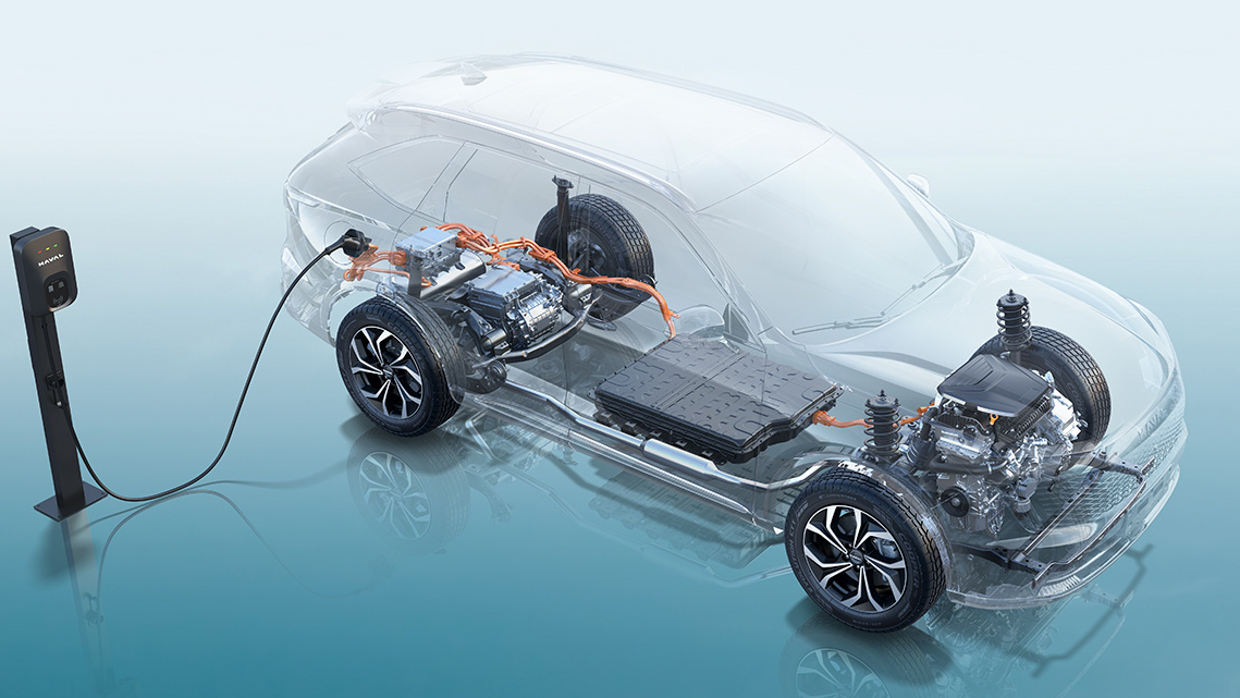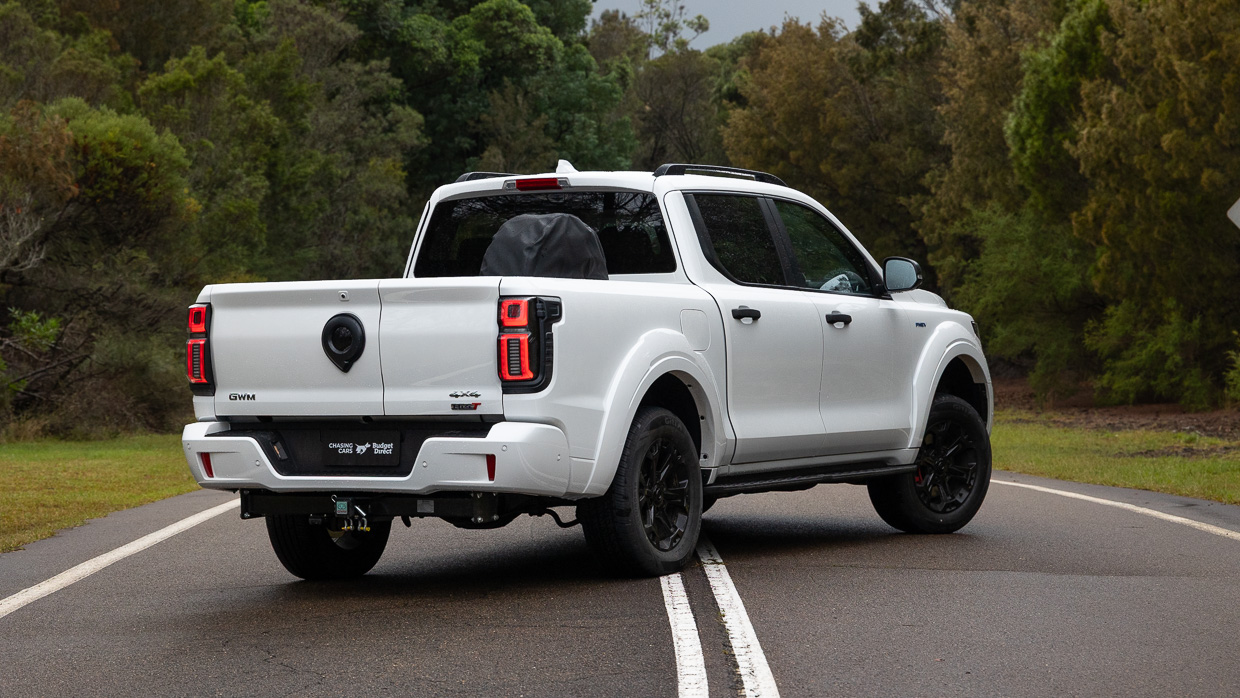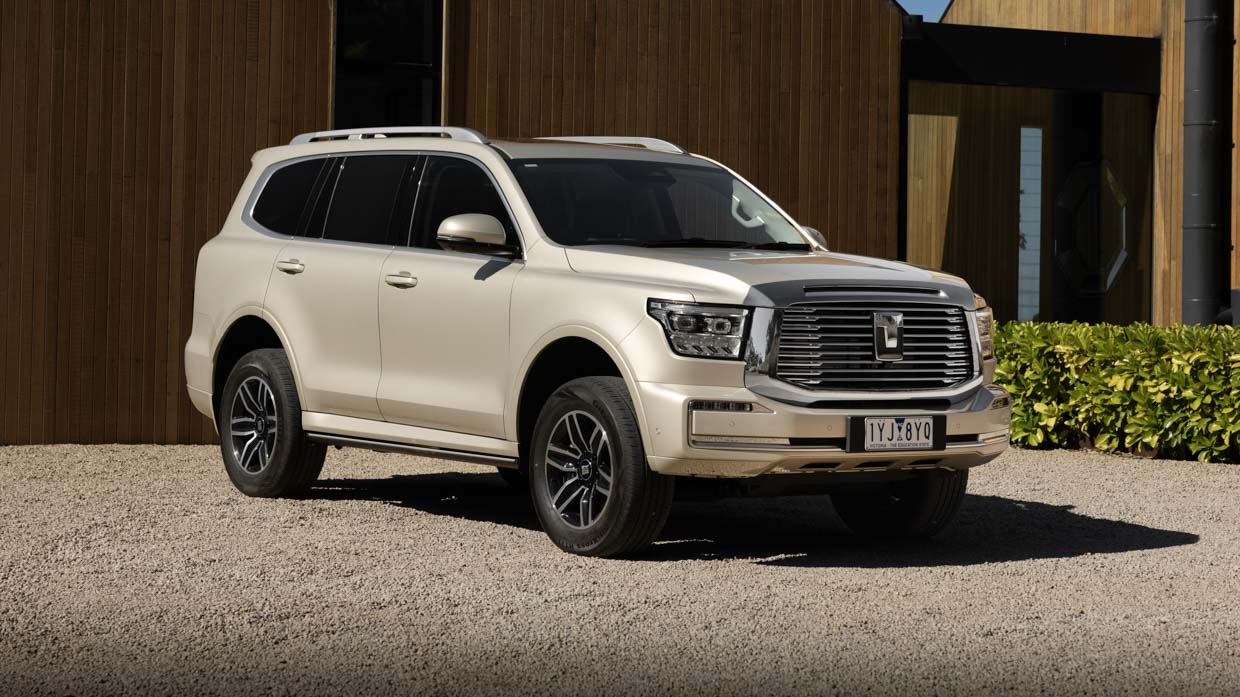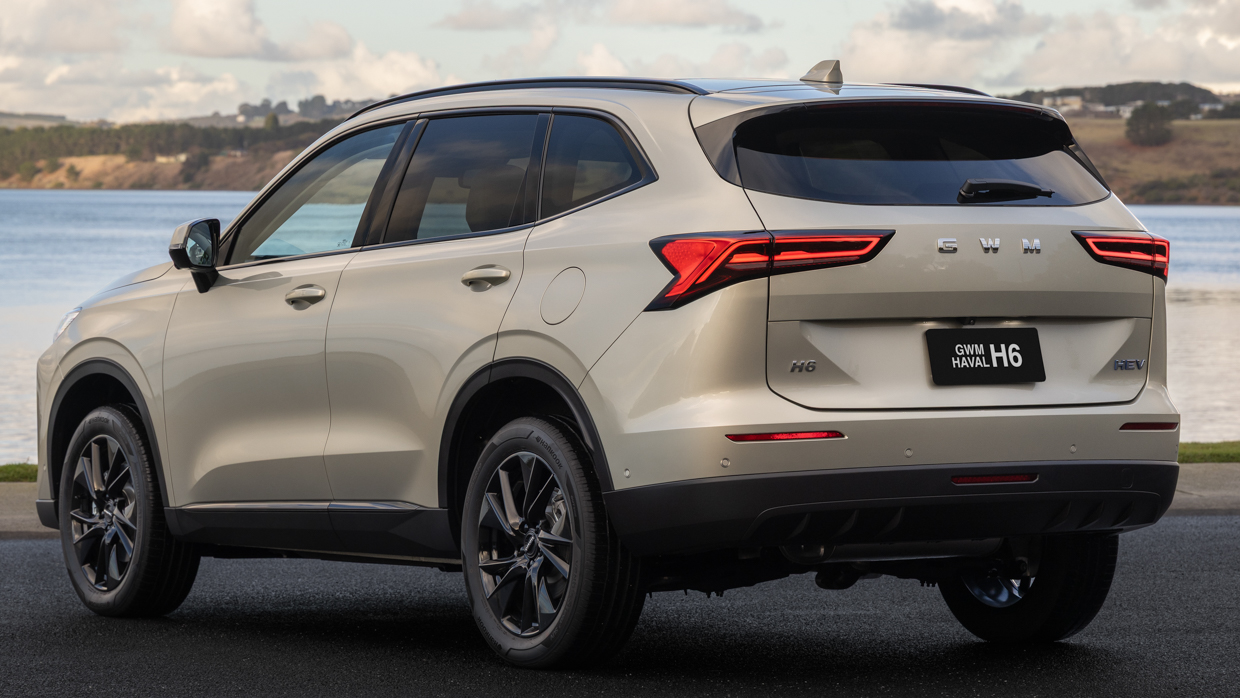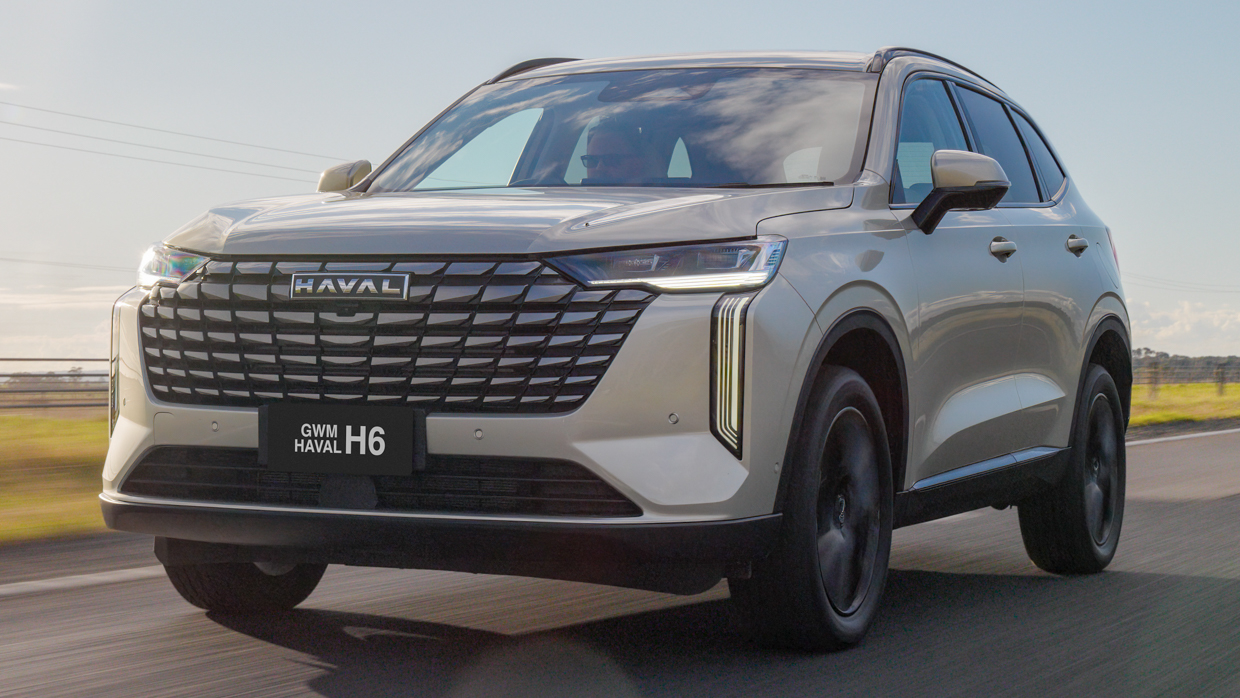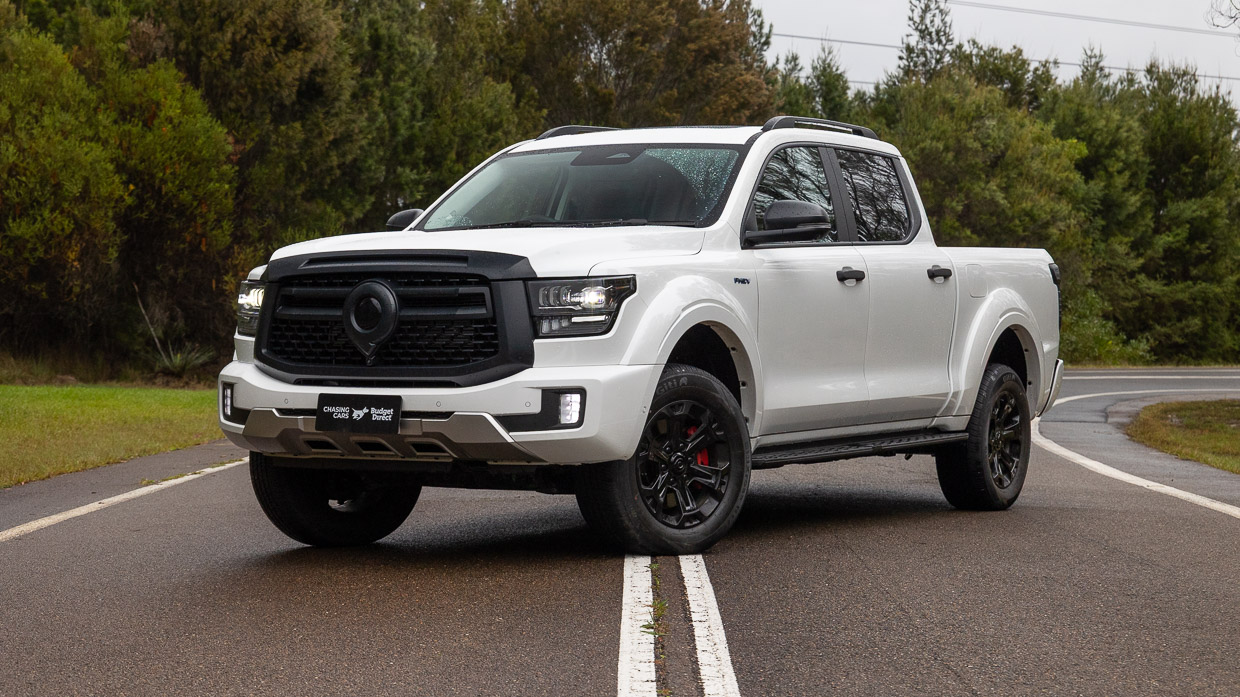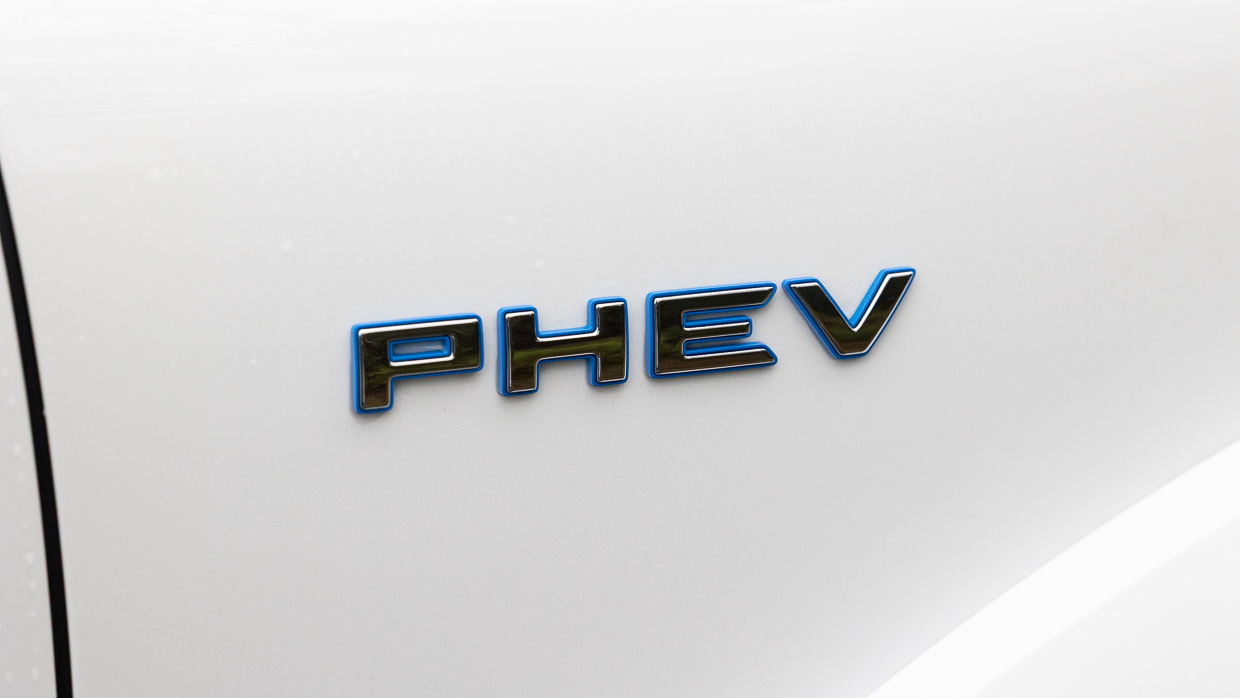-
Car Reviews
- All reviews
- Midsize SUVs
- Small cars
- Utes
- Small SUVs
- Large SUVs
- Large cars
- Sports SUVs
- Sports cars
- Vans
Latest reviews
- Car News
-
Car Comparisons
Latest comparisons
- Chasing Deals
The Chinese brand sees its Hi4 PHEV technology as a major competitive advantage over Chinese and well-established rival carmakers
With carmakers set to face financial penalties for breaching Australia’s New Vehicle Emissions Standard (NVES) laws from 1 July 2025—and with NVES limits set to tighten further from 2026—Chinese brand GWM will bet big on plug-in hybrids to avoid penalties it would have to pass to buyers.
But while the low official CO2 emissions of PHEVs get the regulatory job done, GWM is seeking to make PHEVs the more intuitively popular choice among Australian new car buyers with a forthcoming campaign designed to convince Aussies of the merits of GWM’s Hi4 hybrid system.
While GWM will continue to offer petrol, diesel and full hybrid (HEV) powertrain options for some time yet, the Chinese conglomerate’s focus is going to swing behind Hi4—a family of PHEV systems that natively bundle either dual-motor electric AWD, or mechanical four-wheel drive.
“Hi4 is such an important technology for us. We see it as a global advantage and certainly in Australia we think it is going to be a competitive advantage for us against both the other Chinese brands and certainly the well-established brands,” GWM Australia chief operating officer John Kett told Chasing Cars.
Overseas, Hi4 is available in three variations with two already on sale in Australia led by the much-discussed Hi4-T four-wheel drive system found in the GWM Cannon Alpha PHEV, which faces off against the BYD Shark 6 and Ford Ranger PHEV in the emerging hybrid ute space.
From September, a different Hi4 flavour (known as ‘Hi4 core’) will land in the form of the Haval H6 PHEV midsize SUV, which not only links a turbo petrol engine and electric motor to the front wheels via a four-speed transmission, but also includes a powerful rear motor for instant e-AWD.
From there, the pace of GWM’s PHEV launches will grow with plans to offer the Cannon Alpha’s 300kW/750Nm (combined) Hi4-T system in the Tank 500 four-wheel drive, where it is expected to offer close to 100km electric range (WLTP) along with mechanical 4WD and low range.
Later still, GWM will debut the high-performance Hi4-Z variant, which (like ‘Hi4 core’) uses dual electric motors for e-AWD, but ups outputs and electric driving range considerably. Expect to see Hi4-Z in a sporty GWM SUV within a year or so.
GWM even unveiled a V8-backed super-performance PHEV system at this year’s Auto Shanghai motor show, hinting at more ambitious future plans.
Australians are likely to see a dramatic uptick in the role that PHEVs play in the new car market over the next 12-24 months as the realities of the regulatory environment under NVES, a suite of laws enacted by the Albanese Labor government, dawn on car company executives.
Annual penalties faced by carmakers reliant on popular petrol/diesel vehicles can easily run into the tens of millions of dollars under the NVES’s 2026 limits, though car companies get a slight reprieve as the 2025 limits are easier and only accrue from July-December 2025.
While the fines (easily exceeding $10,000 per car) can be passed onto buyers, most OEMs will instead seek to increase the proportion of PHEV and battery EV (BEV) sales in Australia. That means bringing PHEV/BEV to our shores and also convincing car buyers they should choose that tech.
“Whether we like it or not, NVES is a supply-side constraint on our business,” GWM Australia COO John Kett told Chasing Cars. “(OEMs) are just going to have to bring in a mix of products that meet it… or it’s going to make ICE cars significantly more expensive.”
Plug-in hybrids may not win every enthusiast’s heart, but with WLTP emissions often between 20 and 60 grams per kilometre, they’re one of the few powertrains capable of skating beneath the NVES bar—even when it drops to 58 g/km in 2029.
“We will talk a lot more about Hi4 in general, and our designations around ‘T’ and ‘Z’ augmenting bigger vehicles we have within our portfolio,” Kett said.
Compared to the BYD Shark 6, and similarly to the Ford Ranger PHEV, the GWM Hi4-T system has allowed the Cannon Alpha PHEV to retain traditional 4WD linkages as well as front, centre and rear locking differentials while still providing PHEV exclusives like vehicle-to-load.
According to GWM product specialist Timothy Leong, buyers are warming quickly—PHEV already accounts for 20–30 percent of Cannon Alpha sales.
And with 39g/km of CO₂, the plug-in ute doesn’t just avoid NVES penalties—it easily beats the 2029 target, sitting in stark contrast to the Cannon Alpha 2-4-litre diesel’s 234g/km result.
There is a $7000-7500 premium for the Cannon Alpha PHEV (from $57,490 driveaway) over equivalent diesel trims, though it is thousands cheaper than a BYD Shark 6 (from $62,400 d/a) and Ford Ranger PHEV ($79,500 d/a), though the Ford has superior payload.
The fact GWM continues to offer remarkably affordable ICE options slightly skews the apparent value of the PHEVs. In the Haval H6, the petrols start at $35,990 d/a and HEVs at $40,990 d/a but an (existing) FWD PHEV is $50,990 d/a and Hi4 AWD is $53,990 d/a.
However, considering even the cheapest Toyota RAV4 HEV (without a plug) costs $46,600 d/a, GWM’s PHEV assault appears to be factoring in substantial discounting against like-for-like competition.
“The good news (for GWM) is once everyone moves that way (to PHEV and low-CO2 options), which they have to if they want to be here, when (our rivals) restack their pricing, our price relativity will be incredible,” Kett said.
Latest news
About Chasing cars
Chasing Cars reviews are 100% independent.
Because we are powered by Budget Direct Insurance, we don’t receive advertising or sales revenue from car manufacturers.
We’re truly independent – giving you Australia’s best car reviews.
